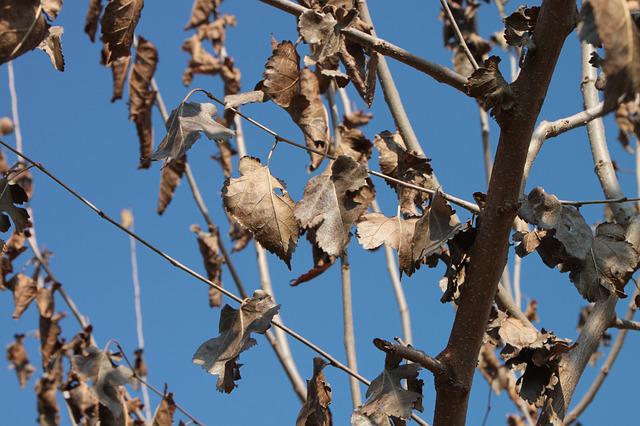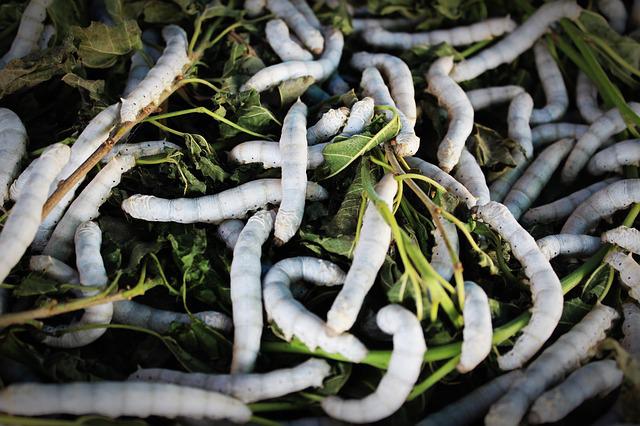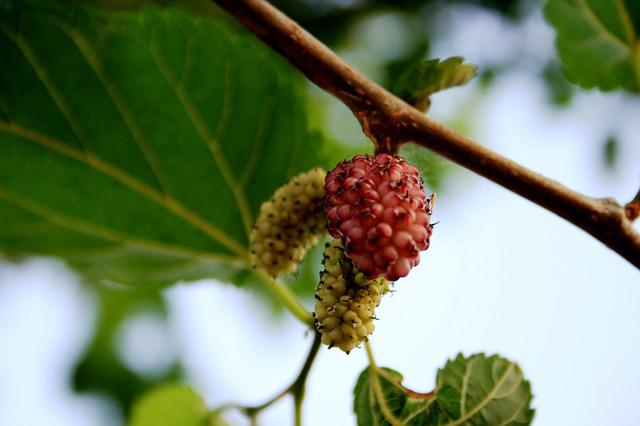What Kills Mulberry Trees?

Some things cause mulberry to slowly crawls to its death. These are due to toxic insects and diseases. You might not have to worry instantly as mulberry is hard to kill, and they can always find a way to survive.
Mulberry trees (Morus spp.) of all forms, whether 6-foot dwarf variants or 50-foot species, sun-lover or partial shade-lover, suffer problems of one sort or another. However, deciduous trees also have advantages, such as yellow fall color, shade in hot weather, fascinating shapes, delicious fruit, and rapid growth. It’s important to pick a tree variety based on how well you can handle the difficulties trees provide in your yard.
Table of Contents
Factors that Kill Mulberry Trees
Diseases
The following diseases can affect mulberry trees:
A disease known as Texas root rot, Armillaria root rot, affects all mulberries to some extent, first causing discolored and fallen leaves and ultimately killing branches and entire trees. It’s important to keep the tree healthy and plant resistant, such as the white mulberry, to prevent the disease from spreading.
Leaves may turn black or brown, branches may become sick, and twigs, fruit, and stems may become infected. Improve the tree’s resistance to blight by providing it with proper care.
Mulberry trees can be killed by canker disease, which turns the leaves yellow or brown and forms dead areas on the tree trunks. Your only protection against canker disease is maintaining a healthy environment for the tree.
Toxic Insects
Insects attack mulberry plants no matter how healthy the soil is. There are a few of these that could be dangerous:
Mulberry trees are decimated by caterpillars that build canopies in the branches and eat the leaves and stems, occasionally devouring the entire tree. If you find caterpillar nests, remove the leaves and branches and dispose of them.
Scales eat leaves by sucking the water out of them. Scales can be trapped in the trunks of young trees by wrapping them with adhesive tape. Mulberry trees cannot be sprayed to provide optimum protection because of their size.
Leaves get yellow or die due to whiteflies sucking moisture from them like they do with scales. Keep the tree’s environs free of whiteflies to lessen invasions.

The Problem with Mulberry Trees
Mulberry litter is a nuisance in a variety of ways:
Growing in USDA zones 5 through 9, mulberry trees such as the black variety (Morus nigra) produce copious amounts of dark fruit, which can be difficult to clean up because of fruit drop-offs and bird droppings.
They have weak wood, which causes branches to break more frequently in black, red, and white mulberries.
Fungal and bacterial leaf spots are two of the most common diseases affecting mulberry trees. Your mulberry plant may have a fungal leaf spot if you notice brown spots on its leaves.
Mulberry bacterial blight with fungal leaf spot (Pseudomonas syringae) (Phloeospora maculans). Both diseases can cause mulberry tree defoliation simultaneously and on the same tree.
To understand the fungal leaf spot, you must realize that it only affects leaves. A green or yellow halo appears around little dark brown patches, which grow in size. Fungus grows throughout the tree as the leaf dies, turning white with dark brown rims, which are carried by the wind and rain. To keep your mulberry tree healthy, all you need to do is keep it clean. Raking up fallen leaves and maintaining proper air movement through the tree will help to solve this issue.
It is more harmful since it affects the fresh branches and leaves of mulberry plants. In the spring, newly emerging leaves have huge, angular brown or black dots with a yellow halo, and leaves grow twisted and curled. Stems that are dying will develop cankers. The tree becomes infected with bacteria when it begins to leak out the cankers.
Remove any sick and dead timber from the site in the autumn. Yates Liquid Copper Fungicide can be sprayed up to the trunk and as high as possible. Prevention of disease transmission begins with good hygiene.

4 Ways to Discourage Mulberry Growth
Some find mulberry a nuisance to the area. It’s because they cause a huge mess whenever there are leaves, especially fruits falling, causing stinky rotten and attracting flies. So if you plan to discourage its growth, here are the ways that you can follow:
1. Cut Roots, Remove tree
Next, excavate and cut the roots and saplings. Ensure that no portion of the root remains underground. This is due to the fact that mulberries are resistant and can regrow. Killing a mulberry tree at the optimal time of year is between May and September, as this is when its green parts develop.
If you are having difficulty cutting a particular portion of the root, make massive cuts on that portion. Utilize a chainsaw to fell the tree, then apply an effective herbicide to the tree stump.
Additionally, you can drill numerous holes into the stump and roots so that the herbicide can effectively permeate the living wood.
2. Apply a Herbicide
Get any herbicide containing triclopyr, glyphosate, or 2,4-D as the active ingredient. Follow the instructions on the herbicide label. Using a paintbrush, apply the herbicide to the plant’s roots using the paintbrush. Using the holes you drilled, pour them in as well.
When the roots and holes are exposed to the herbicides, the herbicides will begin to break down the mulberry’s cells, causing it to die.
3. Consistency
Don’t forget that we said mulberries are hard to kill. So, don’t think your job is done as soon as you do what we said above.
Mulberries can come back to life. You must keep taking care of the stump and any new growth until they are all dead. It comes down to whose will is stronger.
After a few days, peel the skin of the stump so that water and food don’t go around it. Keep cutting circles in the skin until you reach a wet spot.
4. Deprive Stump of Air
After the tree stump has been peeled, cover it with dry leaves and sand. This covering is intended to block oxygen from reaching the stump.
